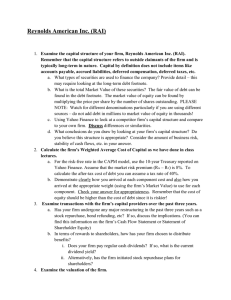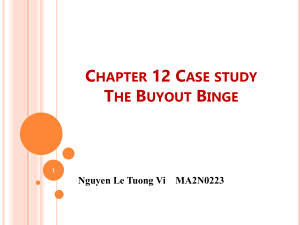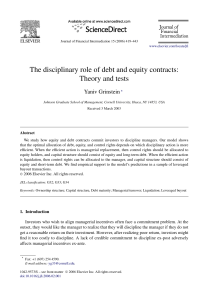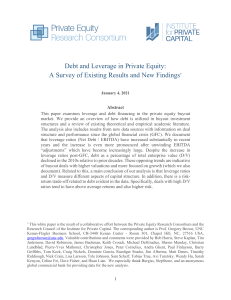The Buyout Binge 何德光 MA0N0224
advertisement
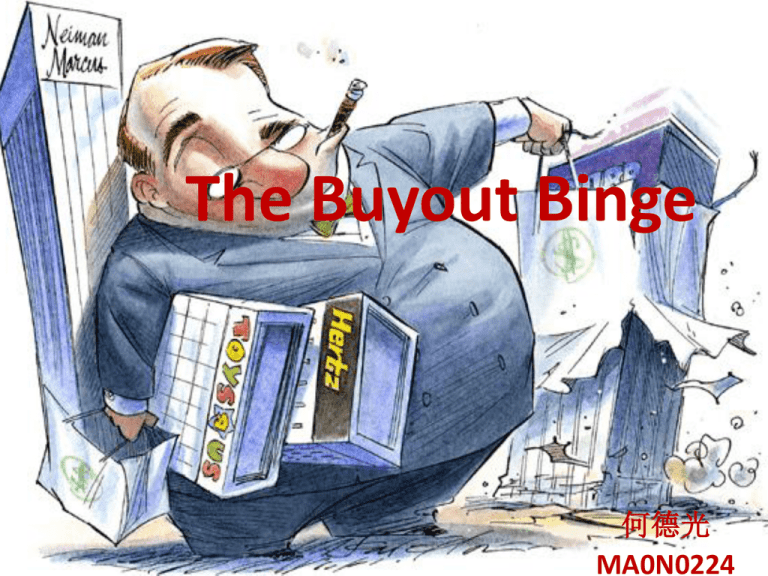
The Buyout Binge 何德光 MA0N0224 Case study • Health Management Associated announcing in beginning of year 2007 that it would take on $2.4 billion in new debt to finance a one-time $10-pershare dividend. • The move would lower their rate from Investment grade to junk level. • The CEO noted that it would drop the company’s cost of capital from the lower teens to 7.5-8%, this move make private-equity buyout nearly impossible. Case Analysis • Company conducting “Leverage” by adding debt to capital structure. • Stockholder get satisfied because of the dividend. • The company prevent the “Leverage Buyout” from Private equity firms by drop the company’s Cost of capital • The consequence of these action: – Down grade from Investment grade to Junk level. – Harming to interest of bound. What is Leverage Buyout? • Institutional investors and financial sponsors (like a private equity firm) making large acquisitions without committing all the capital required for the acquisition. • To do this, a financial sponsor will raise acquisition debt (by issuing bonds or securing a loan) and also looks to the cash flows of the acquisition target to make interest and principal payments. What effect would a decreased cost of capital have on a firm’s future investments? • Generally, a decreased cost of capital will lead to the good in future investment. • However, If the rate of return of investment is above the cost of capital, it still increase the value of the firm. • If the rate of return below the cost of capital, it will decrease the value of the firm. Thank you The purposes of debt financing for leveraged buyouts are twofold • The use of debt increases (leverages) the financial return to the private equity sponsor. • The tax shield of the acquisition debt. Because income flowing through to equity is taxed, while interest payments to debt are not, the capitalized value of cash flowing to debt is greater than the same cash stream flowing to equity.




